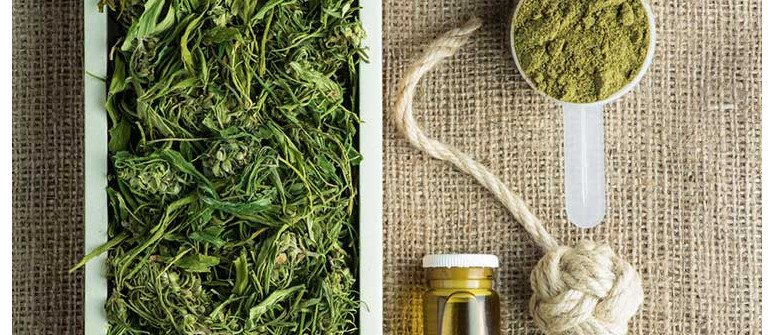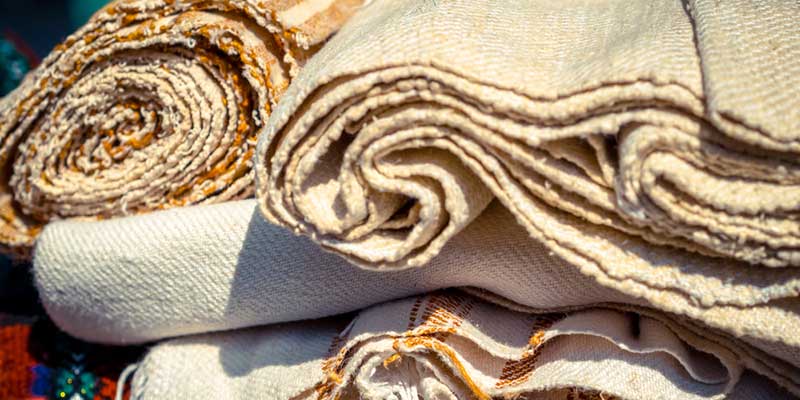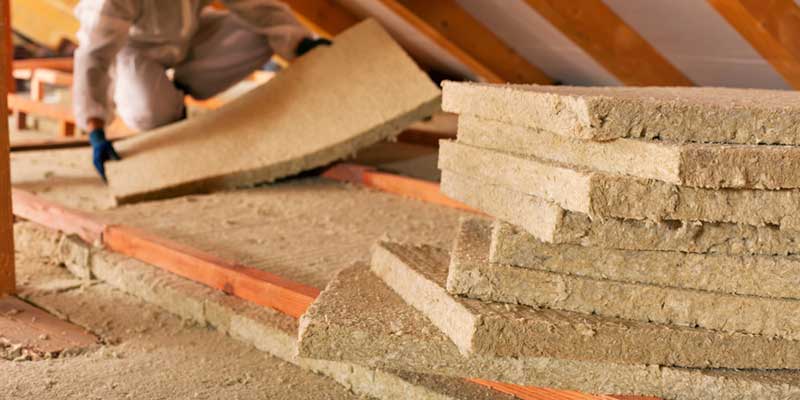What is industrial hemp used for?

You might know hemp by name, sure, but how well do you really know it? Did you know that it's the foundation of some of our most important industrial products? That we've been harvesting it longer than almost any other crop? To top it off, did you know it's used to make CBD oil? There's a lot to know about this versatile, humble, and iconic plant.
Hemp is often labelled as one of the first cultivated plants in history. In fact, the oldest cannabis relics date back to 8,000 BCE, proving that humans have grown, processed, and used the plant for millennia.
Today, we use hemp a lot less, and many people have forgotten its various potential uses. To refresh your memory, here’s a detailed look at hemp—what it is, and how it can be used.
HEMP AS A CULTIVATED PLANT
Hemp is an industrial plant belonging to the same family as the cannabis plant used to produce marijuana. It is grown on a commercial scale in a variety of countries across the world, including Australia, the United States, the UK, Canada, Vietnam, France, and many more.
While hemp and cannabis belong to the same plant species, they are vastly different. Not only do they look different, but the plants also boast distinct chemotypes (chemical constituents). Hemp, for example, has much lower concentrations of THC, while marijuana tends to be abundant in the cannabinoid.
Because hemp and cannabis are produced for completely different reasons, they also generally require different growing conditions. The cannabis used for the production of marijuana, for example, has been selectively bred for generations to produce flowering female plants boasting large yields of cannabis flowers.
While hemp plants can be female, those grown for industrial purposes are generally male and produce no flowers. These plants are also selectively bred, and grown in conditions that encourage the plants to become tall with long, thick stalks.
WHAT IS INDUSTRIAL HEMP USED FOR?
Considering how long people have kept it around, we're glad that we still have as many uses for hemp as we do. Sure, some of you might know that it's been used in the manufacturing of clothing and paper for ages. But did you know that it can be used in beauty products? Insulation? What about filters, fuels, and CBD oils?
CBD PRODUCTS
One use for hemp that people have become more familiar with lately is the production of cannabidiol. And it’s true, CBD users have a lot to thank hemp for. Unlike the marijuana plants we're more accustomed to, hemp plants have a negligible THC content while being rich in CBD. Since many CBD users don't want any of the psychoactive effects associated with THC, hemp has become the choice crop for farmers supplying CBD products. From there, it gets treated in a similar manner as regular cannabis to create butter, edibles, oils—you name it.
For professionally produced CBD products, it's always a good idea to do your research and find a reputable retailer. The production of high-quality CBD is an in-depth process but the industry lacks regulation, leaving people open to sub-par or even contaminated oils. Look for a producer that is accountable—who use CO₂ extraction, filtration and have their oils verified by third-party testing.
CLOTHING/FIBER

Hemp was one of the first plants spun into fibres, and hemp fibre samples from China date back to 8,000 BCE. Today, hemp is still used to make clothing, and it's actually making somewhat of a comeback.
While hemp clothes are sometimes associated with “hippy fashion” (think hemp vests and loose pants), new designers are using the fabric to create modern fashion items that boldly challenge that stigma.
PAPER
Hemp fibre can be used to make paper much like wood fibre. In fact, up until the mid-1800s, hemp was the main material used to produce the world’s paper, at which stage wood slowly began to take over.
Hemp is actually better suited for paper production than wood as it contains much more cellulose. Cellulose is what gives plants their structure, and the higher a plant's cellulose content, the more suitable it is for paper production as less chemicals are needed to strip it down.
FOOD
Hemp seeds have received a lot of praise for being highly nutritious and containing high percentages of protein, calcium, iron, essential fatty acids, and more. Hence, they’ve become known as somewhat of a superfood and are regularly sold as a dietary supplement.
However, hemp can also be used to make oil and milk, and it's often used as an additive in alcoholic beverages such as beer and wine. Moreover, hemp seeds can be used as a nutritious alternative to regular animal feed.
PLASTICS
Hemp can be used to make a wide variety of plastics. In fact, Ford produced a prototype car made from hemp and soy plastics in the 1940s. Unfortunately, the car never made it to production, but there is a famous photograph of Henry Ford swinging an axe at it to prove its durability.
Today, a blend of fibreglass, hemp fibre, kenaf, and flax is used to make composite panels for cars. Hemp plastics have also been used to make shower curtain liners, CD & DVD cases, and much more.
FUEL
As we mentioned earlier, hemp can be used to make oil. And just like other vegetable oils, you can further process it to make biodiesel. The plant can also be fermented to create ethanol or methanol. However, hemp fuel production is relatively uncommon as commercial biodiesel and biogas are usually made with cheaper materials.
FILTRATION
Hemp can be used in combination with other fibres to make a variety of filters, including everything from tea bags and coffee filters to oil filters and much more. Hemp fibre is typically very durable, especially in wet conditions, making it an ideal material for the production of any kind of liquid filter.
In fact, tea bags are generally made from a combination of wood and hemp fibre, as well as plastic polymers. Pure hemp filters and bags are also available and are usually easy to wash and reuse.
INSULATION

Hemp can be manufactured into a variety of construction materials, most notably those used for insulation. In fact, hemp is already used for insulation in the Netherlands and Ireland, as well as other countries around the world.
It can also be used to make products like fibreboard and particle board, and even a stronger, lighter, and more environmentally friendly alternative to concrete known as “hempcrete”.
BEAUTY PRODUCTS
The beauty industry is already filled with a vast variety of creams, lotions, balms, and gels made from hemp. The plant is known to contain a variety of compounds that are extremely beneficial for skin health, including vitamins, essential amino acids, and much more. Hemp-based CBD creams are also used in the treatment of some skin conditions, including eczema, arthritis, and other types of rashes, sores, or irritations.
WATER/SOIL PURIFICATION
Hemp is sometimes known as a “mop crop” as it can be used to purify water or soil. For example, hemp plants are sometimes used to clear impurities out of wastewater or excessive phosphorus from chicken litter. This can help some farmers avoid the use of herbicides, which is essential for those looking to be certified organic.
One of the most intriguing uses for hemp occurred in the 1990s when it was planted in Chernobyl in Ukraine, where it showed huge potential in cleaning up land contamination.
As is evident from the examples above, hemp is nothing if not versatile. How exactly the hemp industry will develop is unclear, but a resurgence in hemp production signals a return to its widespread use throughout numerous commercial markets.





